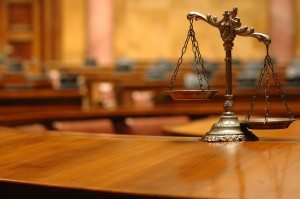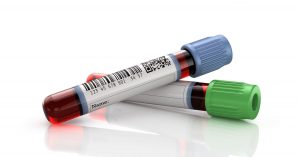Alcohol Detection and DUI Prevention Tech – New Legal Questions
There are exhaustive amounts of DUI case law that address the level of reasonable suspicion needed for a DUI stop, when and how breathalyzers and blood tests can be used as scientific evidence of impairment, and how field sobriety tests must be conducted to be used as evidence of probable cause for arrest. But, new technologies for alcohol detection that are currently available or will soon be available are likely to result in new case law that addresses the accuracy and use of these technologies to make legal determinations of impairment or impose other collateral consequences on impaired drivers.
Alcohol Detection Vehicle Technologies
Nissan recently announced the creation of a drunk driving prevention concept car that uses a multi-faceted approach to detect impaired driving. The transmission shifter knob has a sensor that detects the level of alcohol in the sweat of the driver’s palm and there are sensors to measure the volume of alcohol vapor inside the car. Cameras, which can also be used to detect sleepy drivers, monitor eye movement to detect rates of blinking and eye closure. Operational detectors monitor swerving outside the lines and tighten the seatbelt to alert the driver. All of these systems will send a voice alert to the driver when triggered and the car can also be automatically immobilized.
Volvo’s fatigue or impaired driver detection system doesn’t specifically detect alcohol use but any type of impaired driving, included sleepy or distracted driving. Volvo claims they will be the first car manufacturer to actually install a comprehensive system such as this in its vehicles. Using cameras and sensors, the system can detect when there is a lack of steering, extreme weaving, excessively slow reaction times, and when a driver’s eyes are closed or not looking at the road. When impaired driving is detected, the system first alerts the driver and then, if the impaired behavior continues the car will slow to a stop and park. In certain circumstances, which are not exactly defined in Volvo marketing materials, the driver will receive a call and if there is no response, emergency “help” will be summoned.
Other breath and touch systems under development simply prevent the car from starting in the first place, when alcohol is detected by sensors located in the steering wheel.
There has already been legislation introduced to devote federal funding to these types of technologies and to set a deadline for when all new cars must incorporate alcohol impairment detection technologies.
Drunk Driving Prevention Apps
There are a variety of apps for your phone that are already available, designed to prevent drunk driving. While there isn’t really a nationwide correlation between the prevalence of ride-sharing apps and drunk driving fatalities, some major cities, which have now had more than five years of heavy ride sharing presence, do report a significant decrease in drunk driving. For example, since 2012, New York City reports a 30 percent decrease in alcohol-related car accidents.
Other apps give you a rough estimate of your Blood Alcohol Content based on your own inputs or offer cost savings to designated drivers at participating bars and restaurants. Some apps, such as Breathometer and Alcohoot work with an external device as a breathalyzer. Stearclear is an app that will contact a professional driver to drive you and your car home.
Data Sharing and Accuracy Concerns
Most people can agree that technologies that could prevent 11,000 deaths a year would be a good thing and it definitely would be if the technology is used for altruistic purposes. Still, there are major concerns with how this technology could be used, how accurate the readings are, and who has access to the data that is acquired.
Firstly, everyone has had issues with one of the sensors in a car that malfunctions or stays on all the time. If that broken sensor prevents you from starting your vehicle or makes a call to the police, that could be a problem. Also, while many of the in-vehicle technologies are designed so that passengers cannot help drivers circumvent the system, an intoxicated passenger could set off the sensors with their breath or touch.
The bigger concern is how the data collected by vehicles or apps could be used by law enforcement or in a civil suit. It is unlikely that the data could be used as bonafide scientific evidence, at this point, but there might be other ways that it can be creatively used against a defendant to show patterns of behavior or to show that a defendant’s car warned him he was drunk and the defendant disregarded the warning and someone was injured.
In the future, insurance companies might require prospective customers to provide records from their vehicle’s impaired driver detection system. If you are being employed as a driver or being considered for a security clearance, perhaps your employer would also want to have this data.
Availability of Drunk Driving Prevention Technologies Could Increase Liability or Affect Sentencing
In a civil context, if a driver circumvents a technology in their vehicle designed to detect drunk driving or ignores warnings and someone is injured, this might be considered in a determination of gross negligence. There is also the possibility that even if the evidence gleaned from these technologies could not be used as actual evidence of intoxication, a judge might consider, in a sentencing phase, whether a defendant failed to take advantage of a technology readily available in a defendant’s vehicle or if a defendant ignored warnings from the vehicle. As impairment technologies become more prevalent in new vehicles and smartphone capabilities make it easier to determine your BAC level, there are sure to be interesting and unforeseen legal implications.
Recommended Articles
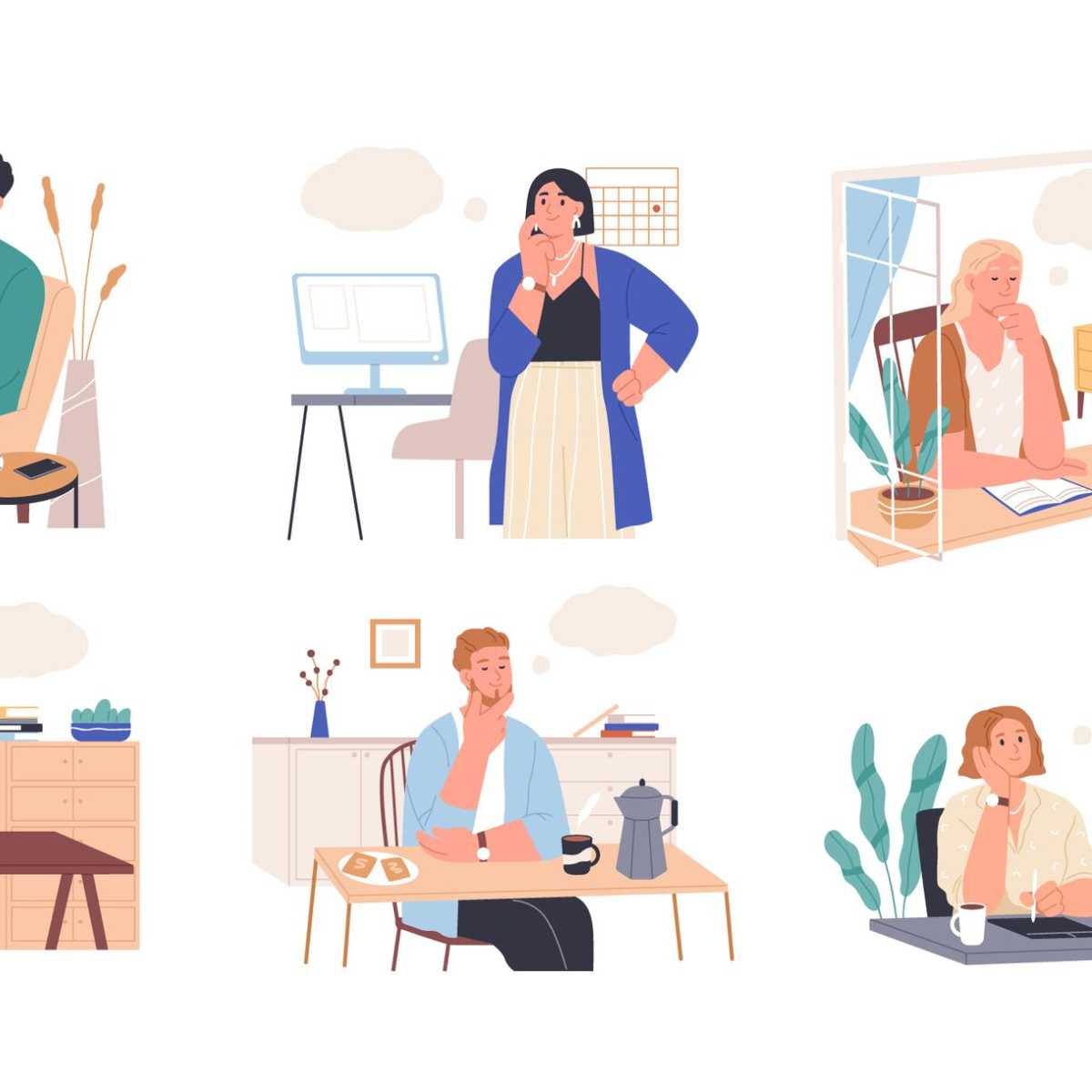
Driving under the influence (DUI) is a serious crime in Arizona. If you have been arrested for DUI, it is important to understand your legal rights.

This blog will address what you can do to win a DUI case for parked cars and how to avoid, hopefully even getting charged.
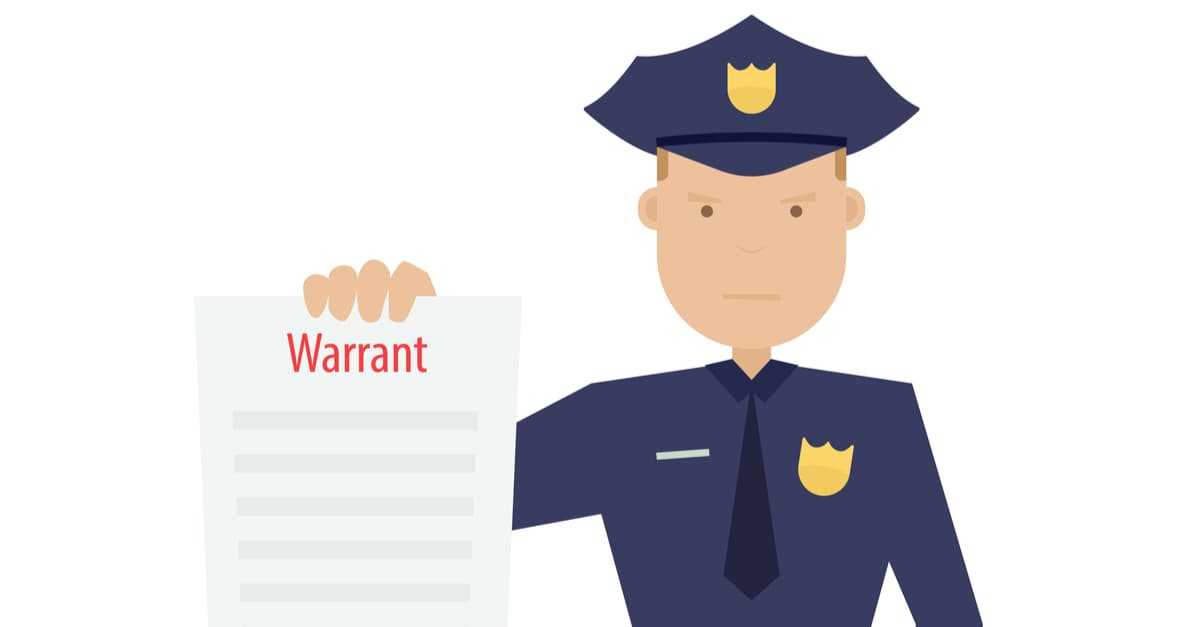
The Supreme Court in a 9-0 opinion held that when a minor offense alone is involved, police officers can't enter the home without a warrant.
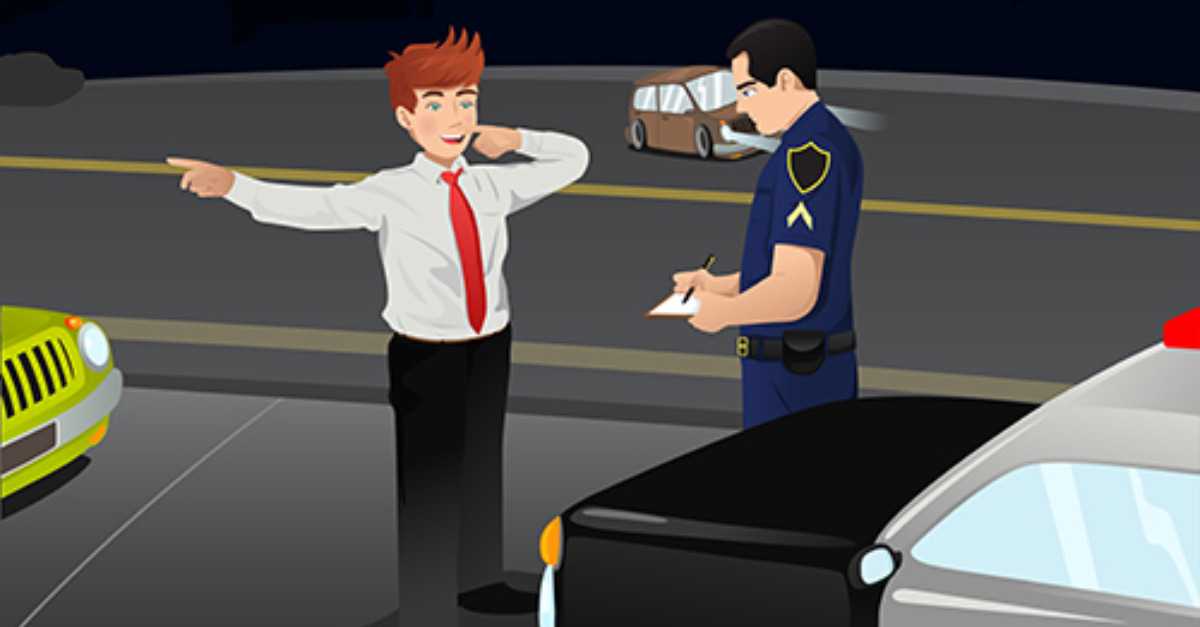
First, let’s figure out what kind of DUI it is. They’re usually misdemeanors unless there’s been an accident.
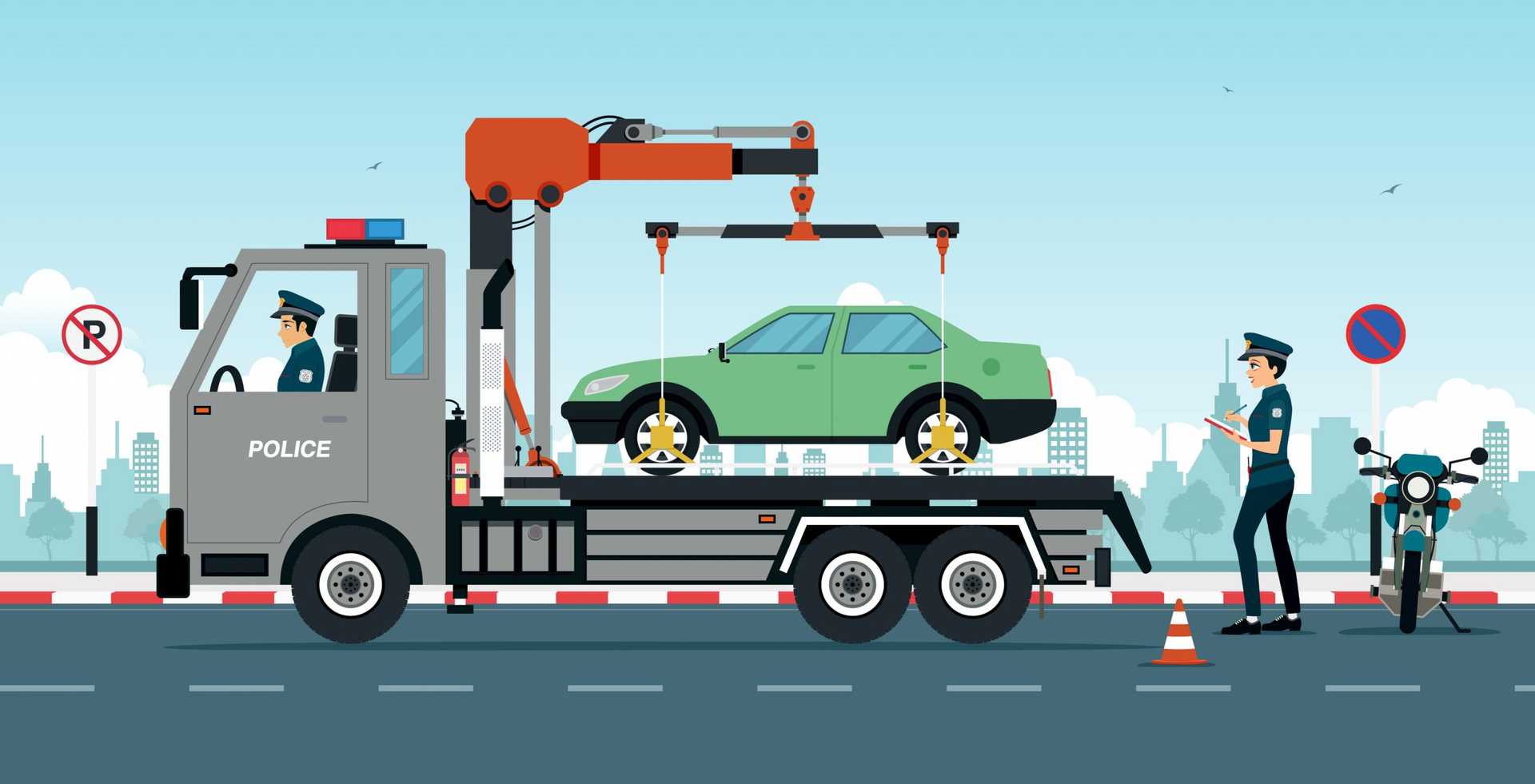
Today we’re going to talk about parked cars. Police sometimes approach you when you’ve legally parked a vehicle and are using it as a stationary shelter.

About Michael Harwin
Michael’s skill and experience have been recognized repeatedly. He holds an A-V 5/5 preeminent rating by Martindale Hubbell. He has been named one of the top lawyers in Arizona by Southwest Superlawyers, and one of the best lawyers in Tucson by Tucson Lifestyle Magazine. He also has been named one of the best lawyers in the United States by BestofUS.com , and given the highest rating possible by AVVO, 10/10 Superb. Amazon Books


